Home>Furniture & Design>Interior Design Trends>Why Is My Bearded Dragon Standing Up Against Glass
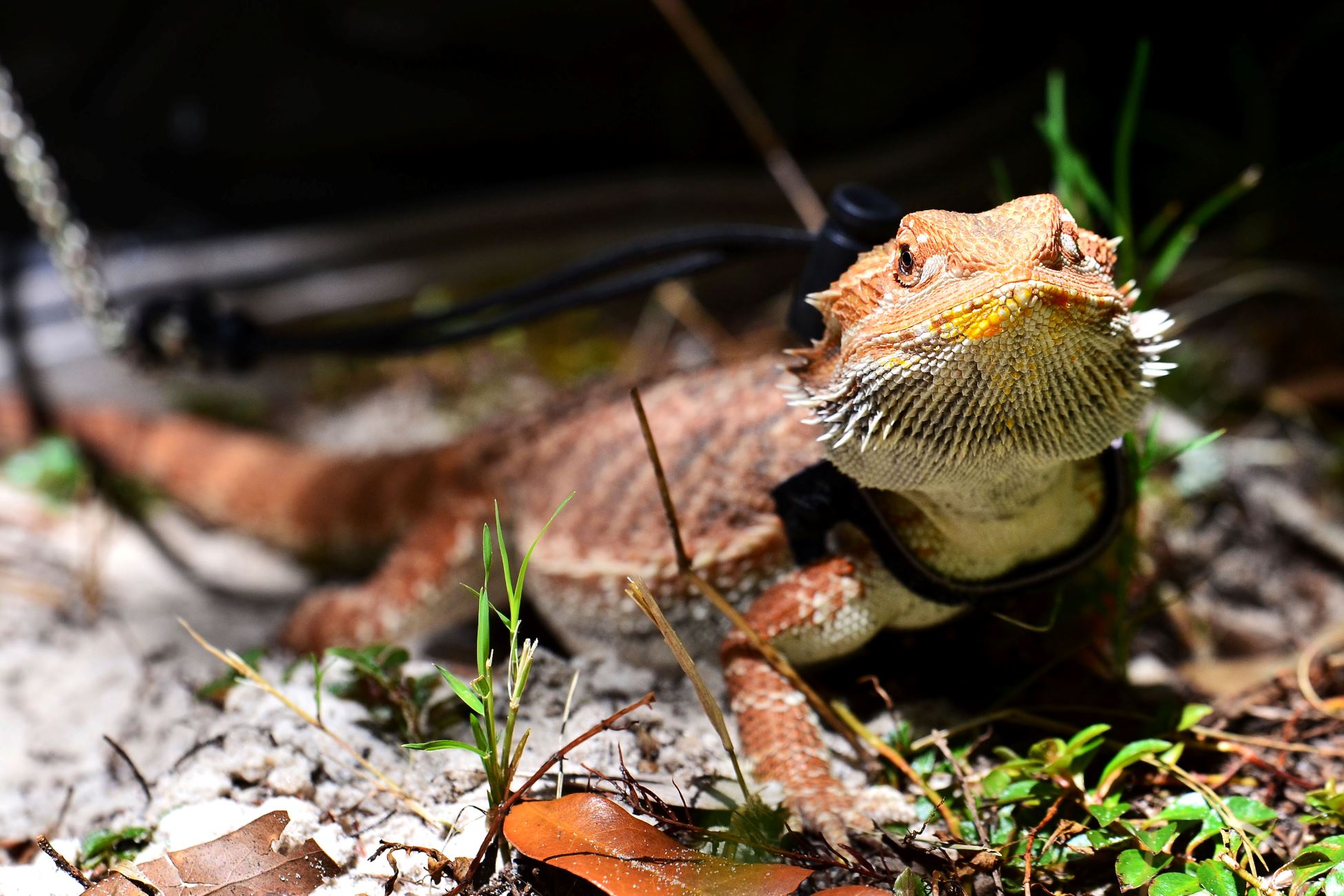

Interior Design Trends
Why Is My Bearded Dragon Standing Up Against Glass
Published: February 8, 2024
Discover the latest interior design trends and learn why your bearded dragon may be standing up against the glass. Explore expert tips and advice.
(Many of the links in this article redirect to a specific reviewed product. Your purchase of these products through affiliate links helps to generate commission for Storables.com, at no extra cost. Learn more)
Introduction
Bearded dragons are fascinating reptiles known for their unique behaviors and captivating personalities. One intriguing behavior that often puzzles and captivates their human companions is when they stand up against the glass of their enclosure. This behavior can be both perplexing and endearing, prompting many reptile enthusiasts to seek a deeper understanding of its underlying reasons. In this article, we will delve into the possible motivations behind this behavior and explore how to address it effectively. By gaining insight into the behavior of bearded dragons, we can provide them with the best care and ensure their well-being in captivity.
Key Takeaways:
- Bearded dragons stand up against glass out of curiosity, seeking warmth, and social interaction. Caretakers can address this behavior by providing enrichment, social interaction, and optimizing the enclosure’s temperature and lighting.
- Understanding bearded dragons’ behavior helps caretakers create a stimulating environment that supports their natural instincts. By observing, enriching, and seeking veterinary guidance, caretakers can ensure the well-being of these captivating reptiles.
Understanding the Behavior
The behavior of a bearded dragon standing up against the glass of its enclosure can be perplexing for many reptile enthusiasts. To comprehend this behavior, it's essential to consider the natural instincts and environmental cues that influence these captivating creatures.
Bearded dragons, native to the arid woodlands and deserts of Australia, have evolved to be highly perceptive to their surroundings. In the wild, they exhibit a range of behaviors to navigate their environment and communicate with other dragons. When a bearded dragon stands up against the glass, it may be attempting to survey its surroundings or establish its territory within the enclosure. This behavior reflects their innate curiosity and their desire to explore and understand their environment.
Furthermore, bearded dragons are diurnal creatures, meaning they are most active during the day. Standing up against the glass may also be a way for them to bask in the warmth and light that permeates through the enclosure. By positioning themselves against the glass, they can absorb the radiant heat and light, mimicking the sensation of sunbathing in their natural habitat.
Another aspect to consider is the social nature of bearded dragons. In the wild, they engage in various social interactions, including territorial displays and mating rituals. When a bearded dragon stands up against the glass, it may be responding to its reflection or attempting to communicate with other dragons it perceives on the other side of the enclosure. This behavior reflects their social instincts and their need for social interaction, even in a captive environment.
Understanding the behavior of bearded dragons standing up against the glass involves recognizing their natural instincts, environmental adaptations, and social inclinations. By gaining insight into these factors, we can better appreciate the behavior and provide enriching and stimulating environments for these remarkable reptiles.
Possible Reasons for Standing Up Against Glass
-
Curiosity and Exploration: Bearded dragons are naturally curious creatures, and standing up against the glass may be a manifestation of their inquisitive nature. They may be attempting to gain a better vantage point to observe their surroundings, including their human caretakers and other elements within the environment.
-
Seeking Stimulation: In captivity, bearded dragons rely on their environment to provide mental and physical stimulation. Standing up against the glass may indicate a desire for interaction or a need for additional stimuli. This behavior could be a way for them to seek out new experiences and engage with their surroundings.
-
Thermoregulation: Bearded dragons require access to heat sources to regulate their body temperature. By standing up against the glass, they may be attempting to bask in the warmth that permeates through the enclosure. This behavior allows them to absorb the necessary heat and light, mimicking the natural sun exposure they would experience in the wild.
-
Territorial Displays: Bearded dragons are known to establish territories and may display territorial behaviors, even in a captive setting. Standing up against the glass could be a way for them to assert their presence and mark their territory within the enclosure.
-
Social Interaction: Bearded dragons are social creatures and may perceive their reflection in the glass as another dragon. This can lead to attempts at social interaction, including mating displays or territorial posturing. The presence of other animals or humans outside the enclosure may also prompt social responses from the bearded dragon.
-
Environmental Factors: Changes in the environment, such as lighting, temperature, or the presence of external stimuli, can influence a bearded dragon's behavior. Standing up against the glass may be a response to environmental cues that trigger their natural instincts and behaviors.
Understanding the potential reasons behind a bearded dragon's behavior of standing up against the glass allows caretakers to provide appropriate enrichment and address any underlying needs. By recognizing the diverse motivations that may drive this behavior, caretakers can create a stimulating and comfortable environment that supports the well-being of these captivating reptiles.
How to Address the Behavior
Addressing the behavior of a bearded dragon standing up against the glass involves implementing strategies to meet their physical, mental, and social needs within the captive environment. By understanding the potential reasons behind this behavior, caretakers can take proactive steps to ensure the well-being and enrichment of their beloved reptiles.
Environmental Enrichment
Providing a diverse and enriching environment is crucial for addressing the behavior of bearded dragons standing up against the glass. This can include incorporating a variety of naturalistic elements such as branches, rocks, and hiding spots within the enclosure. These features offer opportunities for exploration, climbing, and shelter, catering to the bearded dragon's instinctual behaviors and need for mental stimulation.
Read more: Why Do Bearded Dragons Glass Surf
Social Interaction
Bearded dragons benefit from social interaction, even in a captive setting. Caretakers can facilitate social engagement by placing mirrors outside the enclosure, allowing the bearded dragon to perceive its reflection and engage in natural behaviors such as territorial displays or mating rituals. Additionally, spending quality time with the bearded dragon outside of the enclosure can provide valuable social interaction and mental stimulation.
Temperature and Lighting
Ensuring that the enclosure provides appropriate temperature gradients and UVB lighting is essential for the overall well-being of bearded dragons. By optimizing the thermal and lighting conditions within the enclosure, caretakers can fulfill the reptile's physiological needs, reducing the likelihood of them standing up against the glass to seek out necessary heat and light.
Behavioral Observation
Caretakers should observe the behavior of their bearded dragons closely to identify any patterns or triggers that may lead to standing up against the glass. By understanding the specific circumstances or environmental cues that prompt this behavior, caretakers can make informed adjustments to the enclosure and daily routines to address the underlying needs of the reptile.
Veterinary Consultation
If the behavior persists despite environmental enrichment and behavioral observation, seeking guidance from a reptile veterinarian is advisable. A qualified veterinarian can assess the bearded dragon's health and well-being, offering insights into potential medical or behavioral factors that may contribute to the behavior of standing up against the glass.
By implementing these strategies, caretakers can address the behavior of bearded dragons standing up against the glass effectively, promoting their physical and mental well-being while creating a stimulating and enriching environment that supports their natural behaviors and instincts.
Read more: How To Store Hornworms For Bearded Dragons
Conclusion
In conclusion, the behavior of bearded dragons standing up against the glass of their enclosure is a multifaceted display of their natural instincts, environmental adaptations, and social inclinations. By gaining insight into the potential reasons behind this behavior, caretakers can provide enriching and stimulating environments that cater to the diverse needs of these captivating reptiles.
Understanding the behavior of bearded dragons standing up against the glass involves recognizing their innate curiosity, desire for exploration, and the need for mental and physical stimulation. Whether they are seeking warmth, engaging in territorial displays, or attempting social interaction, this behavior reflects the complex interplay between their natural instincts and the captive environment.
Addressing this behavior requires a proactive approach that encompasses environmental enrichment, social interaction, temperature and lighting optimization, behavioral observation, and, if necessary, veterinary consultation. By creating a diverse and stimulating environment within the enclosure, caretakers can support the well-being of their bearded dragons and ensure that their physical, mental, and social needs are met.
Ultimately, the behavior of bearded dragons standing up against the glass serves as a reminder of their captivating nature and the importance of providing them with a habitat that mirrors their natural behaviors and instincts. Through attentive care, thoughtful environmental design, and a deep understanding of their behavior, caretakers can cultivate a thriving and enriching environment for these remarkable reptiles, fostering their well-being and allowing their unique personalities to shine.
As caretakers continue to observe, learn, and adapt to the needs of their bearded dragons, they embark on a rewarding journey of nurturing a deep and meaningful connection with these fascinating creatures, enriching the lives of both the reptiles and their human companions.
Frequently Asked Questions about Why Is My Bearded Dragon Standing Up Against Glass
Was this page helpful?
At Storables.com, we guarantee accurate and reliable information. Our content, validated by Expert Board Contributors, is crafted following stringent Editorial Policies. We're committed to providing you with well-researched, expert-backed insights for all your informational needs.
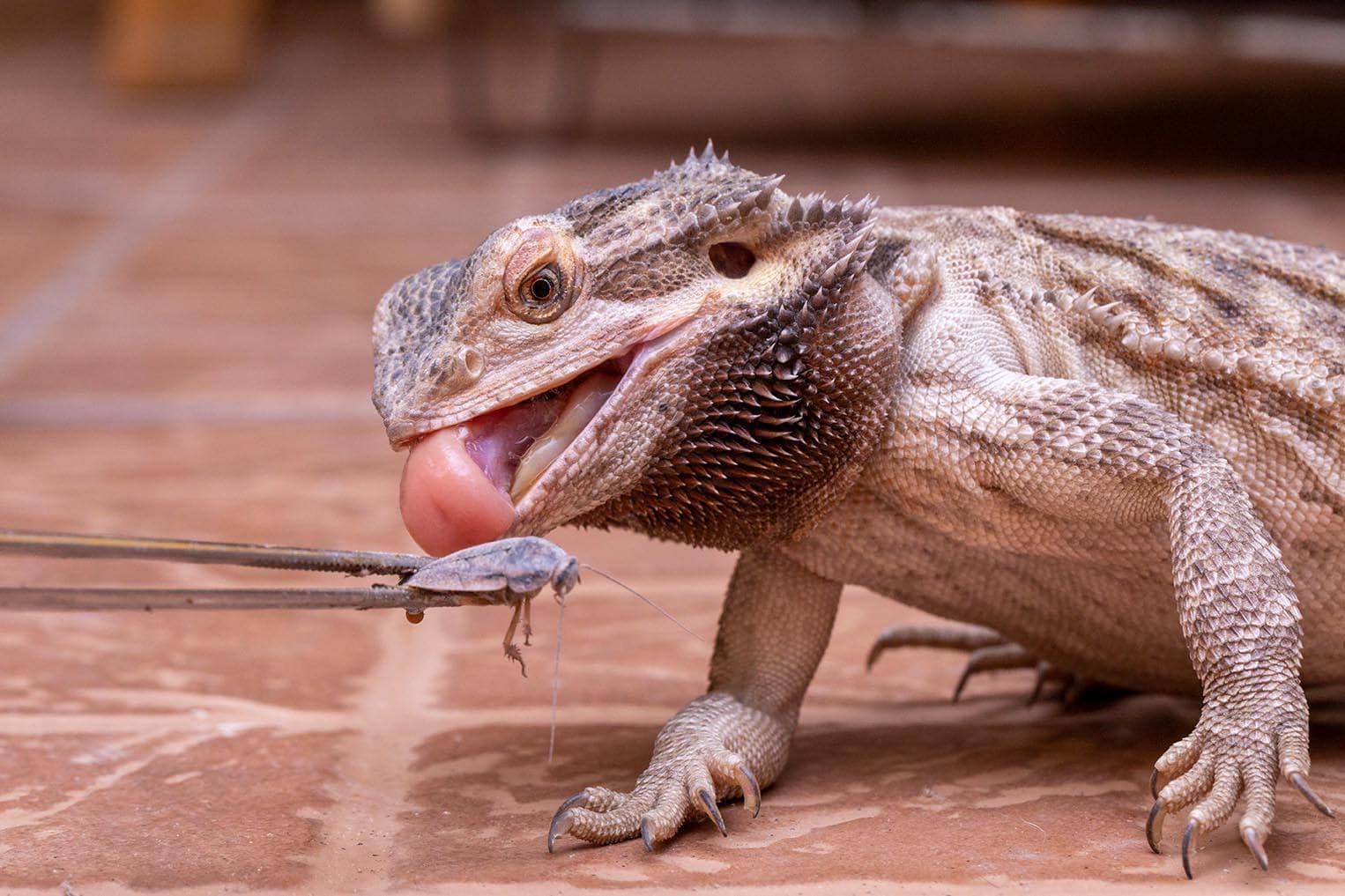
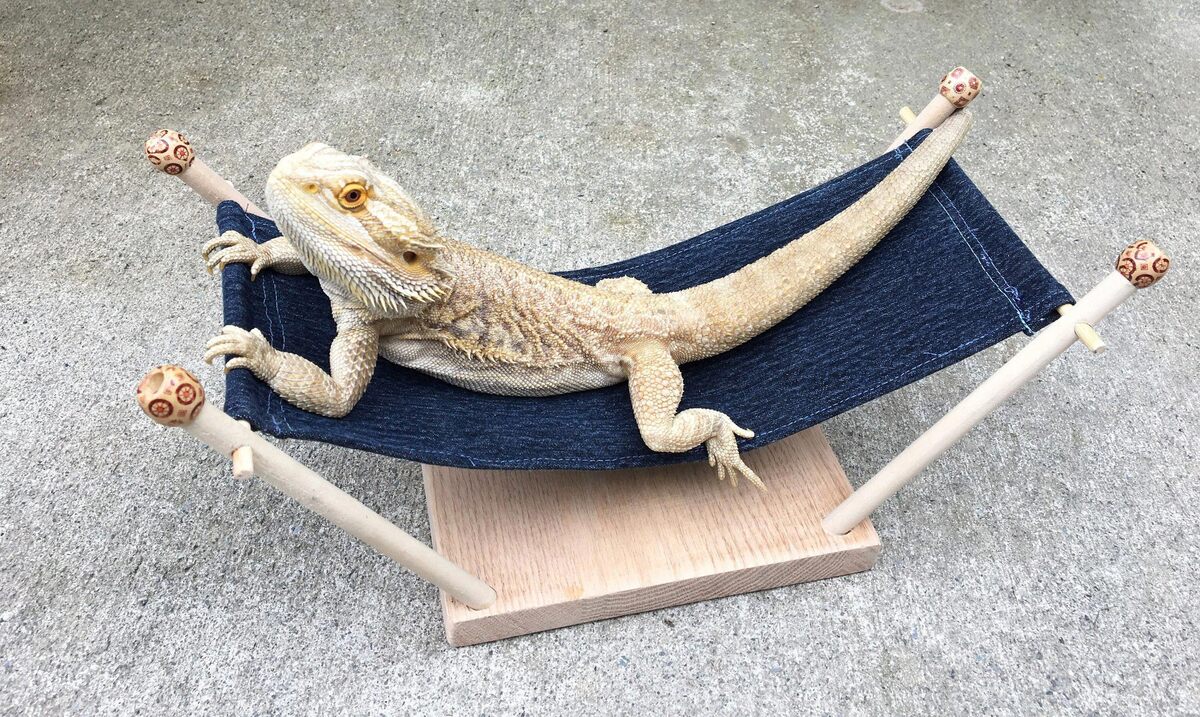
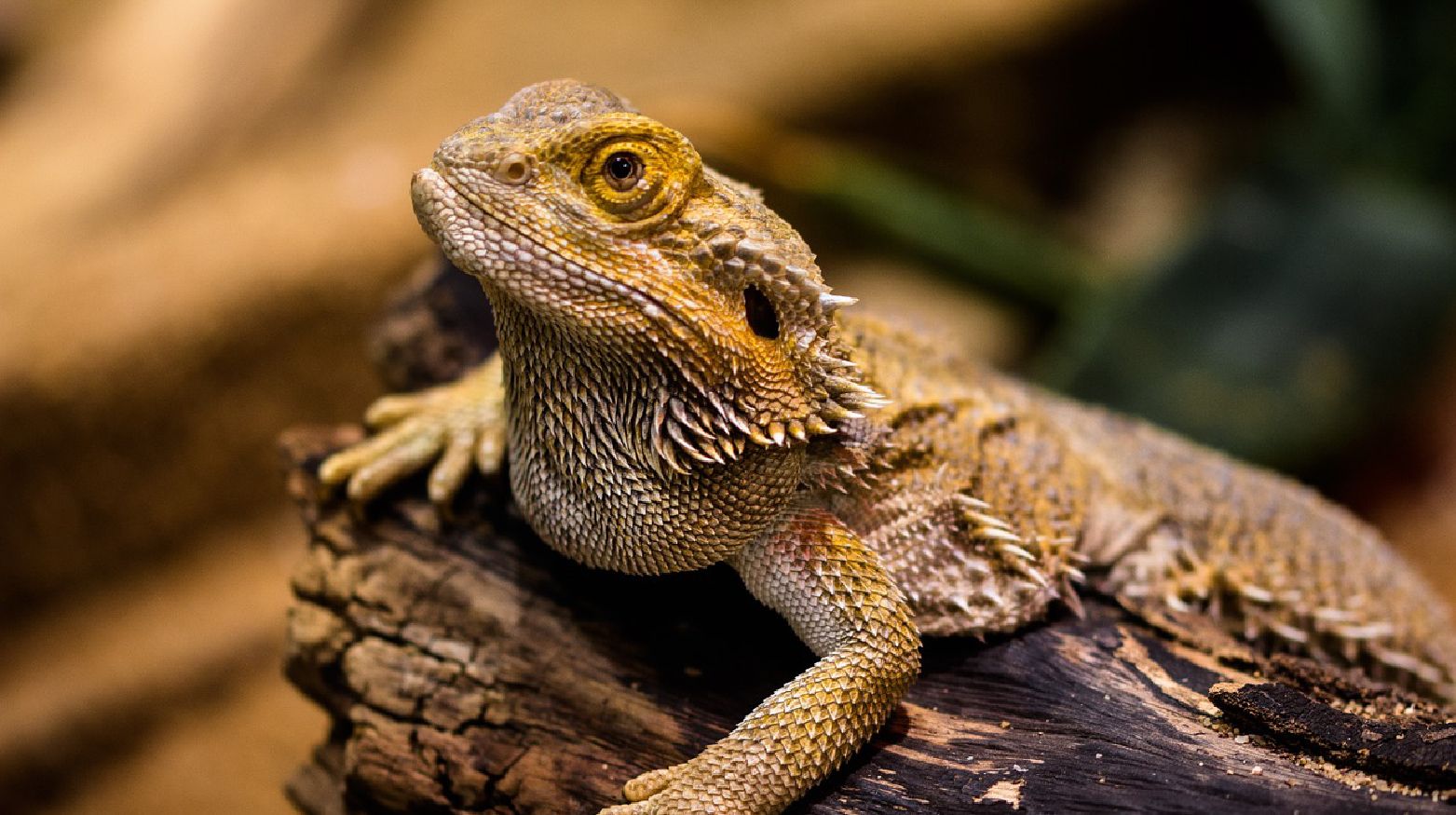
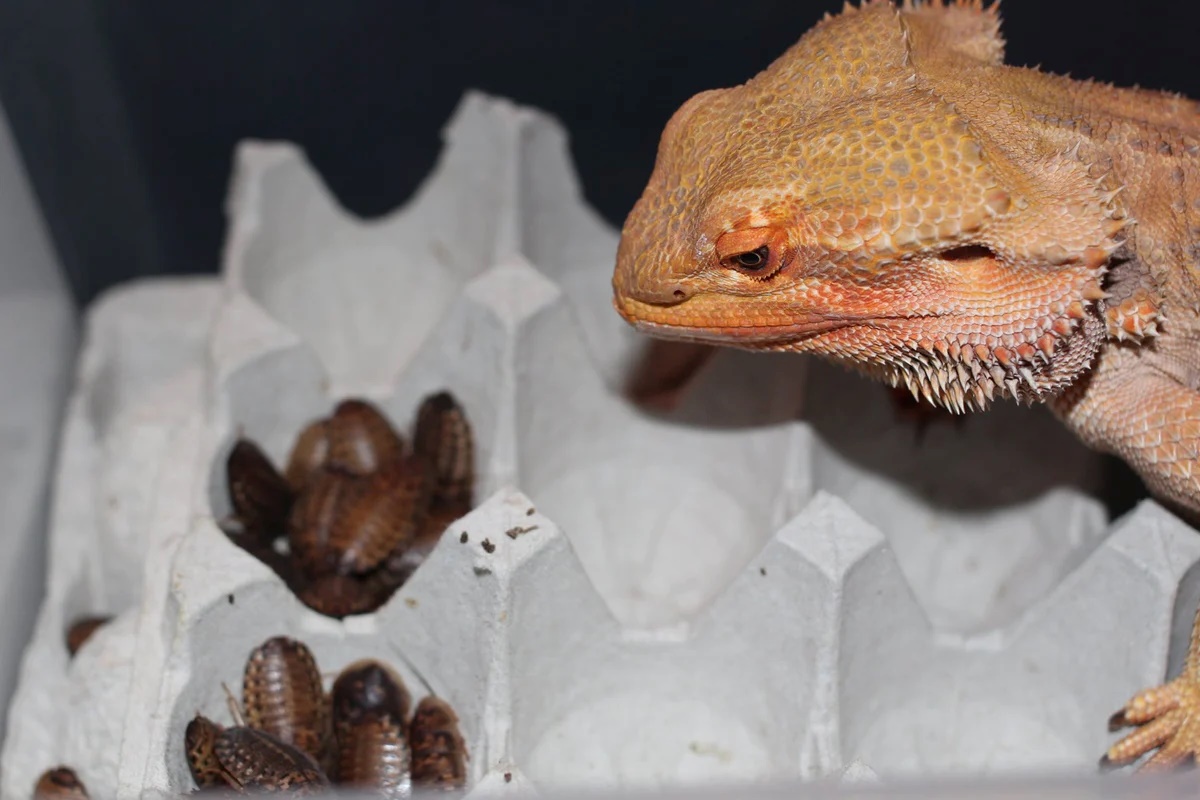
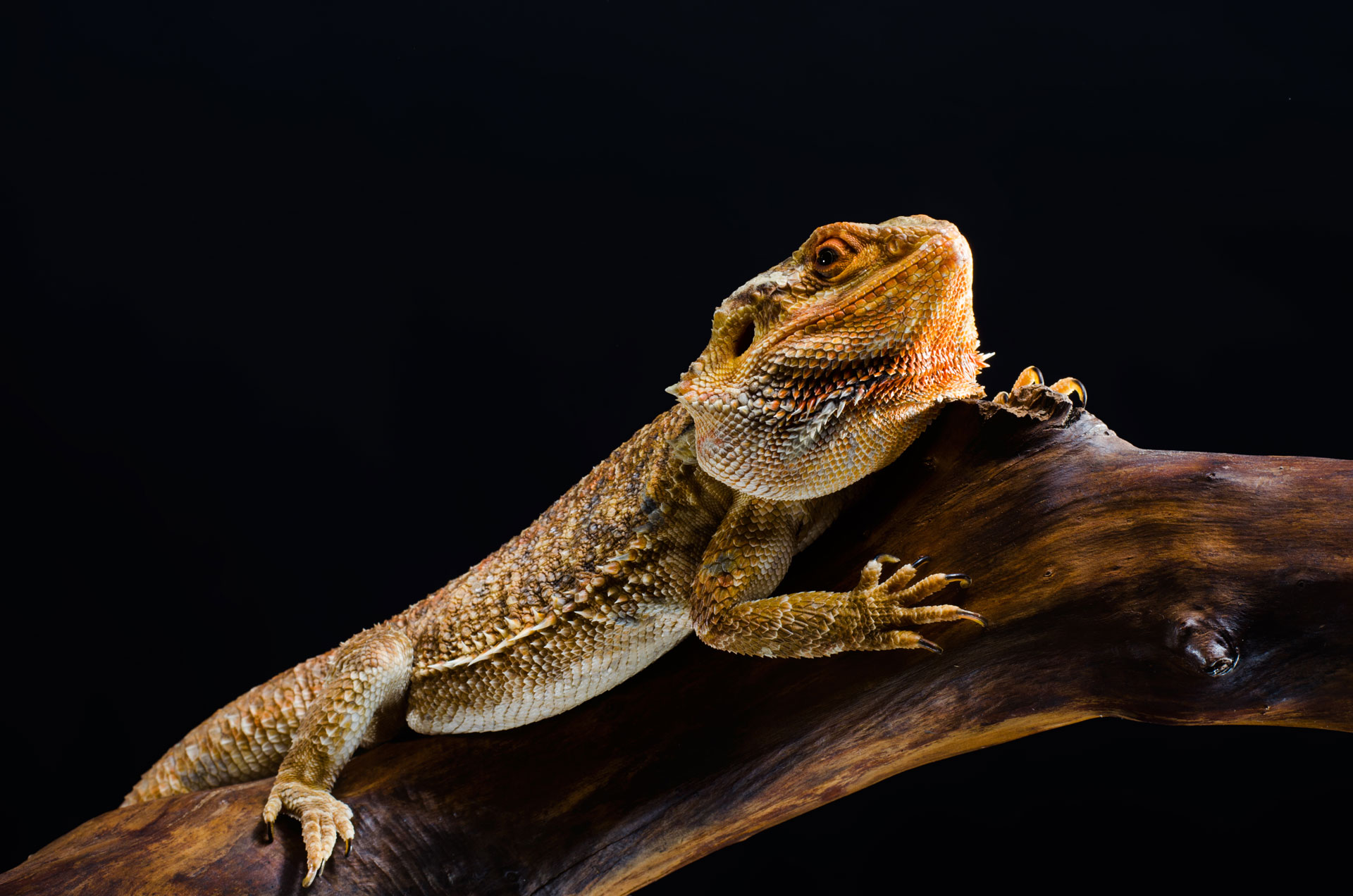
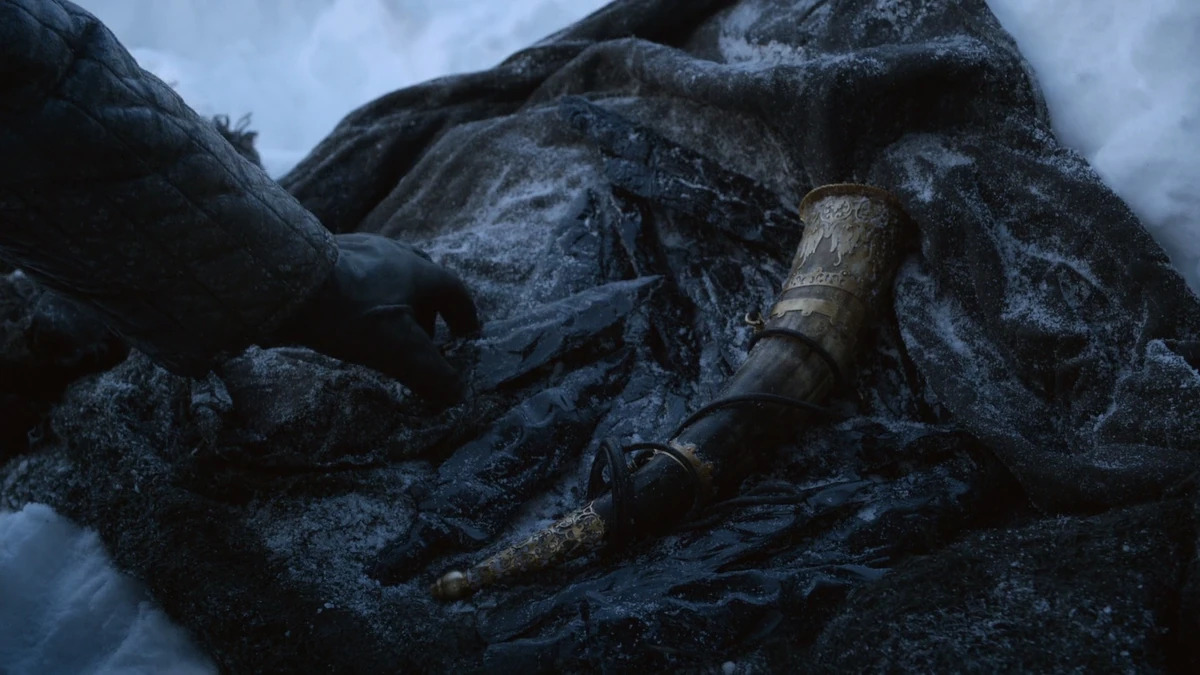
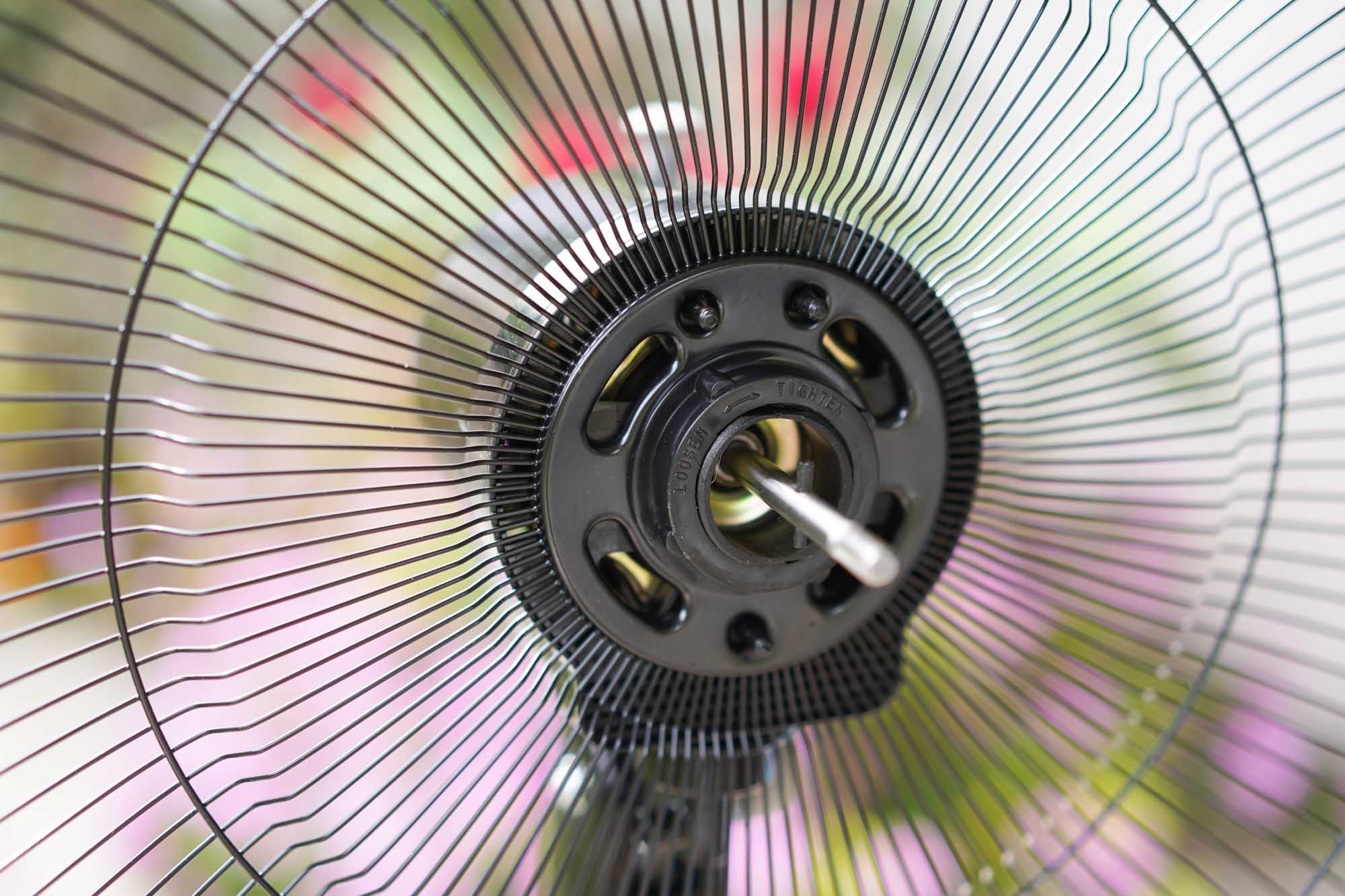




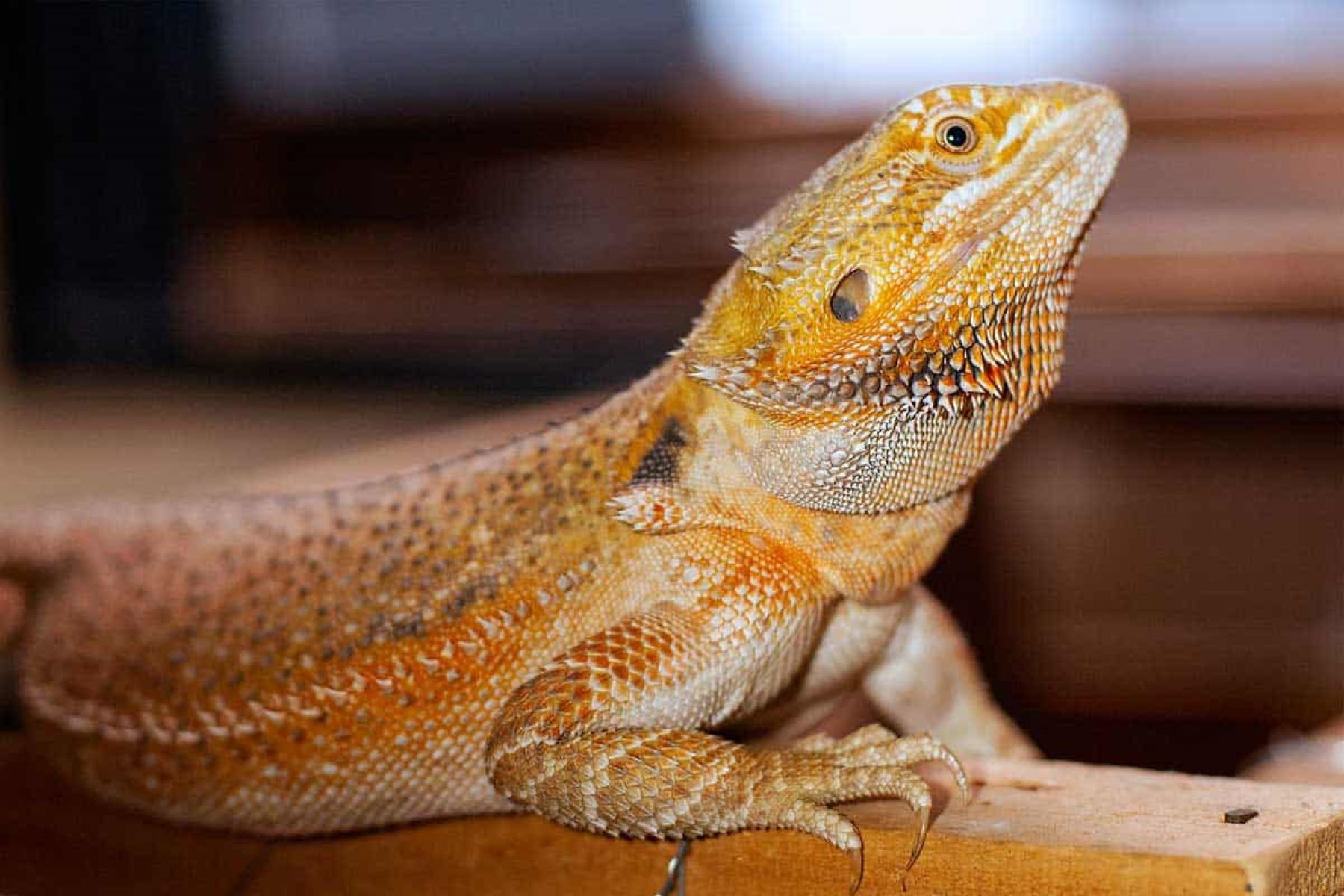


0 thoughts on “Why Is My Bearded Dragon Standing Up Against Glass”